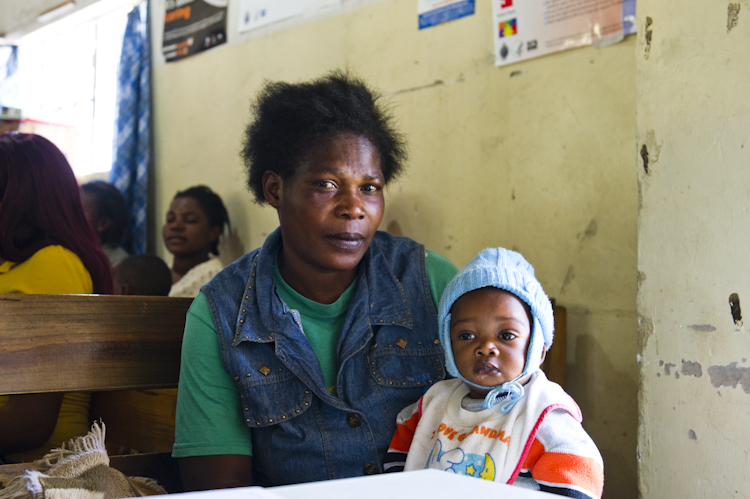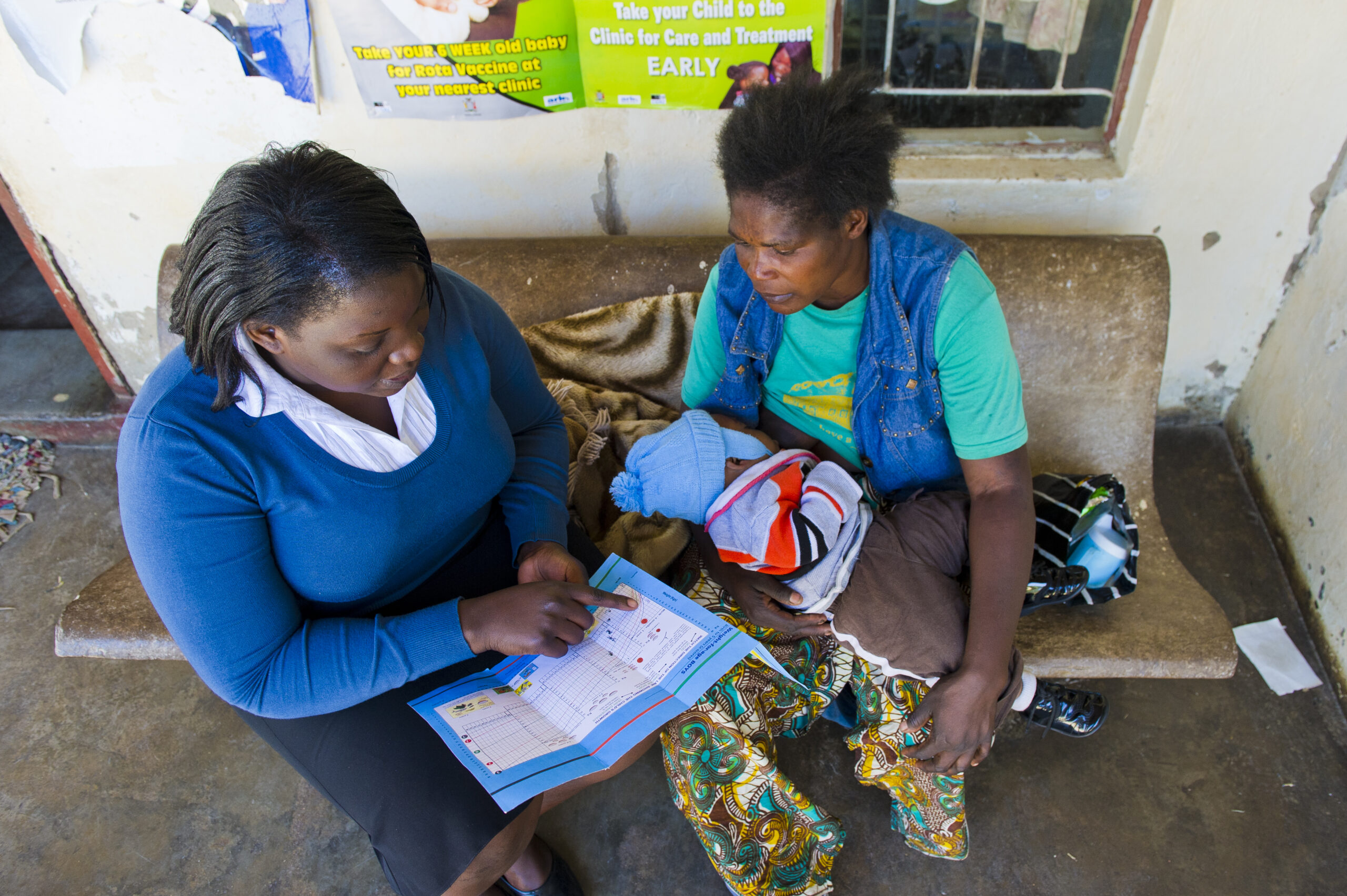
How strengthening health systems helps build young soccer players

A few years ago in Lusaka, Zambia, when Catherine brought her son Immanuel to the clinic with a fever and diarrhea, she probably wasn’t thinking about health systems – but she may have been thinking about soccer. Namely, the fact that she had named her son after a famous Zambian soccer star to signify her high hopes for his future, and her anxiety that he might not survive to live out those dreams.
Fortunately, when Immanuel got sick, Catherine remembered her previous visits to see the health workers at this clinic. At an earlier visit, they had explained that if her son contracted diarrhea, she should continue breastfeeding and bring him to the clinic immediately, before he became severely dehydrated. Waiting too long could lead to severe illness – or even death. Catherine heeded this advice, and when she and Immanuel reached the clinic, the nurse was able to see her quickly, prescribe her some packets of zinc to treat the diarrhea at home, and reassure her that Immanuel should recover just fine.
[Read more about Catherine and Immanuel.]
 A health worker shows Catherine a growth chart as she breastfeeds her son Immanuel at the clinic. PATH/Gareth BentleyIt’s a simple story with a happy ending – and one that also highlights some essential ingredients of a health system. These ingredients include people-centered care, making medicines like zinc and ORS quickly and immediately available, and empowering community members to be partners in their own health.
A health worker shows Catherine a growth chart as she breastfeeds her son Immanuel at the clinic. PATH/Gareth BentleyIt’s a simple story with a happy ending – and one that also highlights some essential ingredients of a health system. These ingredients include people-centered care, making medicines like zinc and ORS quickly and immediately available, and empowering community members to be partners in their own health.
USAID, which recently released its Vision 2030 for strengthening health systems, makes investments and provides support at the system level – with the goal of helping community members like Catherine and Immanuel be healthier and happier. USAID defines health systems strengthening (HSS) as the strategies, responses, and activities designed to improve country health system performance, with a vision to provide that access to underserved, marginalized, and high-priority groups.
But what does HSS mean in practice? A critical first step in stronger health systems is providing primary health care that puts community members – and in particular women and girls – at the center of those efforts. Primary health care (PHC), by the WHO’s definition, focuses on physical, mental and social well-being. It is people-centered, not disease-centered, and empowers families and communities to take charge of their own health. PHC, when adequately resourced and implemented, can address the majority of a person’s health needs throughout their lifetime.
Of course, this vision is easier said than realized. Today, while some in the world are getting richer and healthier, many groups are drifting into poverty and food insecurity. At the same time, gender, social and health inequities are growing, increasing the divisions in our societies and communities. For this reason, making investments in systems and delivering primary health care must be conducted with equity at the center of those efforts.
With PHC delivered through stronger health systems, people can receive higher standards of care, when and where they need it. Which means they can become partners in their own health. Which in turn allows them to raise young, strong soccer players, with healthy bodies that are driven by big dreams.


